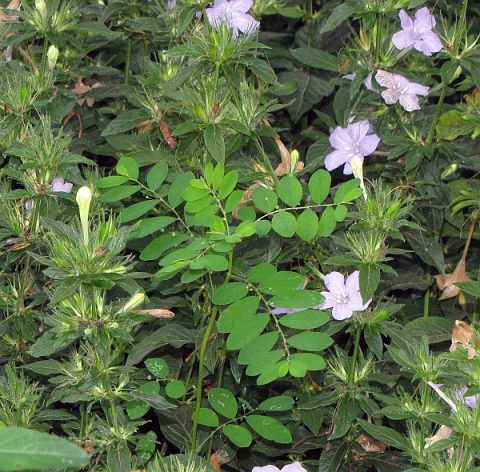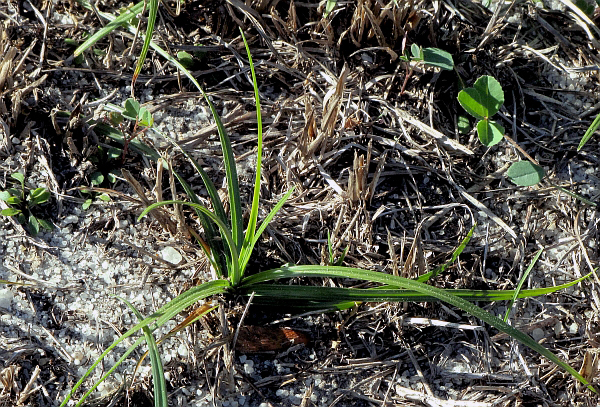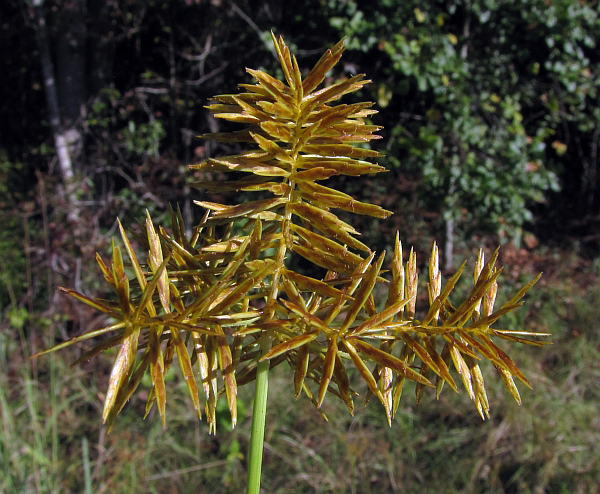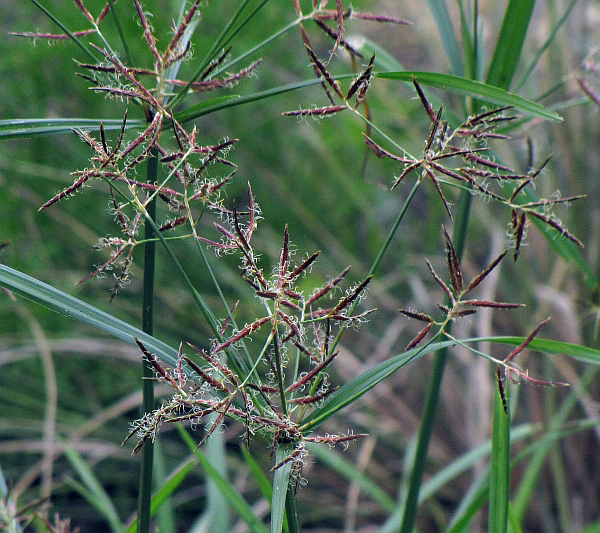Make your wildflower garden wild, not weedy
by Jeff Norcini
Wildflower gardens add a natural look to otherwise ordered landscapes. But that natural appearance will become weedy if weeds are not controlled. Unlike the infomercial tagline, “set it and forget it,” doing so in any garden, let alone a Florida wildflower garden, often results in a weedy mess.
Weeds that commonly occur in wildflower gardens vary widely across the state. Here are simple suggestions for controlling any weed occurring in a wildflower garden.
- Check for weeds at least once a month, and at least twice as often during rainy periods.
- The best defense against weeds is a good offense. In a wildflower garden, that means wildflower canopy coverage—the denser the canopy the fewer the weeds. However, some aggressive weeds can grow up through a dense canopy in search of light.
- The fastest, most effective way to eliminate a weed is to pull it; make sure you get its roots.
- Many native wildflowers maintain their presence by re-seeding, so know what wildflower seedlings look like; pull out everything else. Download a guide here.
- Before pulling weeds, make sure the soil is moist. Pulling them from dry soil may leave roots behind to haunt you another day.
- Pull weeds when they are small. Not only are they easier to pull, but you will minimize soil disturbance, which can lead to more weed seeds germinating.
- Some weeds can produce viable seeds just days after they flower, so pull them before they flower.
- Direct mower discharge away from the garden so that no weed seeds are blown into it.
- To prevent turfgrasses from creeping into the garden, edge it several times a year.
- Do not mulch. A mulch thick enough to suppress weed seed germination will also suppress wildflower seeds.
- Don’t fertilize—you will be fertilizing the weeds as well as wildflowers. If you feel that you must fertilize, use a controlled release product once a year at ¼ to ½ of the lowest rate for bedding plants and perennials.
- If you cut back your garden annually, hold off until late November. Cutting back your garden opens up the canopy and allows weeds to grow.
- If you need to use an herbicide, just spray the individual weed. The best time to spray is early in the morning after the dew has dried. Do not spray if rain is expected within a couple of hours or if there is a breeze. An herbicide can drift in even a gentle breeze to damage or kill your wildflowers.

What is a weed?
Simply stated, it is any plant, native or not, that is growing where it’s not wanted. Ragweed and dogfennel are native to Florida, but most people probably would not welcome them in their wildflower gardens.
Pictured: The aggressive weed Chamberbitter (Phyllanthus urinaria) grew through a dense canopy of Wild petunia (Ruellia caroliniensis).
Given the rainy weather across much of the state this summer, be on the lookout for Purple and Yellow nutsedge (Cyperus rotundus and C. esculentus, respectively). These aggressive weeds can take over a garden in a month or two, especially during rainy summers. Both exude a chemical from their roots that can inhibit growth of surrounding plants. Once established, it may take a year or two of regular hand weeding to eliminate them.



For more information on Purple and Yellow nutsedge, visit their pages on the ISB Atlas of Florida Plants:
